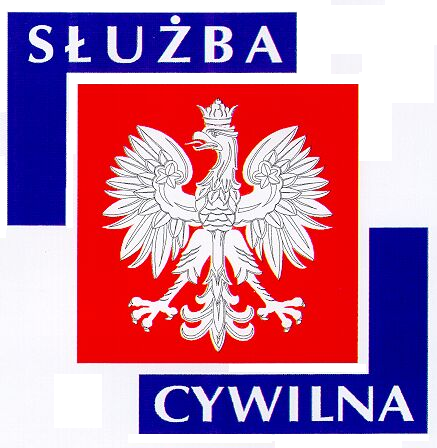Pharmacovigilance inspection
The inspection of a safety monitoring system of medicinal products intended for human use (pharmacovigilance inspection) verifies how a market authorization holder meets the Polish and EU regulatory requirements for monitoring of safety of medicinal products.
Grounds for inspection
The pharmacovigilance inspection is performed by inspectors from the Department of Medicinal Products Inspections according to the President’s of the Office authorization. The inspectors are entitled to:
- inspect the market authorization holders’ pharmacovigilance system
- ask the market authorization holder to present documentation regarding pharmacovigilance
- demand explanations concerning the functioning of the pharmacovigilance system
Pharmacovigilance inspection
Inspection process
A pharmacovigilance inspection includes:
- verification of documentation (SOPs, etc.),
- conducting interviews with relevant personnel (including the QPPV),
- checking data bases,
- insight into procedures applicable in the organization.
Inspection
A PhV inspection begins with an opening meeting, during which the lead inspector introduces the inspection team and explains the objectives and scope of inspection.
The inspection team will need a room for interviewing the relevant personnel and viewing the system documentation.
On the last day of inspection a closing meeting takes place, during which the lead inspector presents his/hers observations and describes potential PhV non-compliances.
What sort of information is expected from a Marketing Authorization Holder subject to control?
Before the inspection, the MAH is asked to present a copy of the pharmacovigilance system master file.
The inspected entity should prepare:
- System documentation (SOPs, work instructions, etc.)
- CIOMS reports
- PSURs (periodic safety update reports)
- Risk management plans
- Job descriptions, CVs and training history of relevant personnel
Inspection protocol
Within 30 days from the end of inspection, the inspectee receives a printed copy of the inspection protocol. Additionally, the inspectee may receive a password protected electronic version of the inspection protocol in PDF format. The protocol describes in detail any findings identified during the inspection, makes references to the applicable breached regulations and defines the findings’ grading (Critical, Serious, Other).










